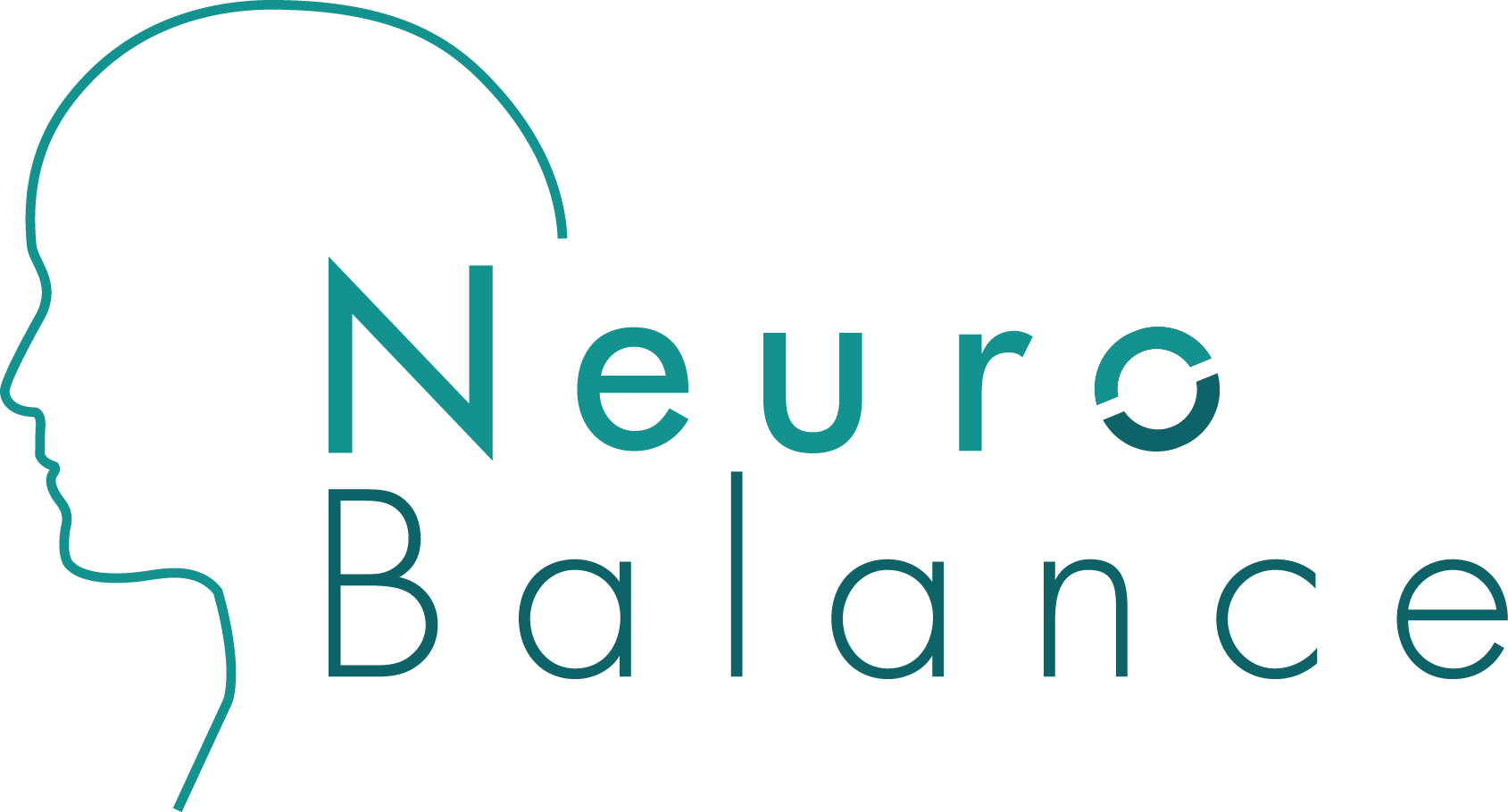Girls with ADHD
ADHD is the most common neurodevelopmental disorder found in children. It affects millions of children worldwide and 9.4 % of 2-17 year olds in our nation. ADHD is commonly diagnosed in early childhood and can progress into adulthood in many cases.
According to the CDC from 2014 to 2016, ADHD is twice as prevalent in boys than girls; with 14.5% in boys and 6.5 % in girls 5-17 years of age. It is also noted that boys are more likely to get early diagnosis which makes it appear as if it’s a “condition for boys” only.
Most girls of the same age don’t receive an early diagnosis because the ADHD symptoms can present themselves differently in girls and can be more tricky to accurately diagnose.
ADHD Symptom Types
There are three types of ADHD:
Inattentive This type is characterized by an individual having trouble focusing and paying attention, but not being disruptive.
Hyperactive and Impulsive: Showing no signs of difficulty in focus but are disruptive because of their hyperactive and impulsive behavior.
Inattentive, hyperactive and Impulsive combined: This ADHD type is a combination of all the most problematic symptoms.
Both boys and girls generally can apply the same symptoms in ADHD yet, girls are more likely to have the inattentive type ADHD.
Girls with ADHD will present the hyperactive and impulsive component differently than boys.
ADHD Symptoms in Girls
Girls with ADHD symptoms are more likely to be internal and less noticeable than boys of the same age. This makes it more difficult to diagnose and may be the reason girls often don’t get treated at the same rate as boys. Health professionals, teachers and pediatricians often miss an ADHD diagnosis in girls which can be the reason why girls generally need to develop better coping skills than boys.
ADHD Symptoms That Commonly Affect Girls:
Executive function deficits : Girls with ADHD can have trouble with time management skills. Girls can lose items and have difficulty following more complex directions and coping with organizational issues.
Distractibility: Girls with ADHD can have trouble staying focused on a subject matter and are often distracted by ongoing thoughts or stimuli around them.
Attention Deficits: Girls with ADHD will have difficulty remaining focused on something they are being taught in school or at home. The inability to concentrate on tasks at hand can sometimes waver unless they find something they enjoy doing then they will be completely absorbed.
Hyperactivity: This component can present itself the same as a boy but, often be less disruptive and loud vocally and in body movements.
Impulsivity: ADHD girls can be very emotional which makes it difficult to communicate socially with others. Appropriate responses and thinking before they speak can make it challenging to find and keep friends.
Changing Symptoms Over Time
Girls that go undiagnosed and untreated as a child may be at risk of developing other challenges in adulthood like:
anxiety disorder
depression
low self-esteem
chronic stress levels
not attributing their own actions to their success and failures
lacking problem solving habits due to emotional coping efforts
more likely to engage in high risk sexual behaviors
developing fibromyalgia which causes pain and tiredness
substance abuse and addiction
underachievement in work and school
relationship difficulties
ADHD Risk Factors
The risk of developing an ADHD diagnosis include:
premature birth
smoking or maternal drug use during pregnancy
exposure to environmental toxins during pregnancy
genetic disposition from someone in their biological family
exposure to environmental toxins
daily intake of food additives in a poor diet
The risk factors are more of an issue in girls because boys act out their frustrations verbally and physically, while girls seem to internalize their discomfort and pain. Later on in life this can lead to self harm by cutting and attempted suicide.
Studies show that by adolescence, 40% of girls will outgrow the hyperactive and impulsive components of their ADHD.
Management and Treatments for Girls
Most ADHD care consists of medication alone or a combination of meds, psychotherapy and/or neurofeedback.
Other ways to manage her ADHD is by:
getting enough rest with naps or sleep
seeking professional health options
enrolling in a group behavioral therapy program
spending more time outdoors and in nature
increase physical activity and exercise
learning how diet affects ADHD
rewarding the small and simple things
establishing and keeping a routine for work, play, eating and sleeping
staying educated on the subject by reading books and articles on ADHD
simplifying her schedule
providing “time-outs” during her day
identifying the stressors and taking steps to reduce the exposure to them
ADHD in girls can have similar symptoms of other conditions such as: autism, bipolar disorder, thyroid abnormalities, lead toxicity, iron or nutritional deficiency or sensory disorder. So it’s a good idea to make sure you get her a proper diagnosis by your health practitioner or doctor.
Boys and girls who show symptoms of ADHD are usually very smart and creative individuals with lots of excess energy.
Boys generally will act out their feelings and emotions by being loud and disruptive at times.
Girls are more likely to feel frustrated and misunderstood by holding it inside, covering it up, and finding the coping skills to deal with their difficulties alone. This scenario leads to not being understood or misdiagnosed and when it progresses into their adulthood can become a real problem for women in the workplace and in their relationships.
ADHD is a common neurological condition that affects many children and adults throughout the world and is very treatable with medication, psychotherapy and neurofeedback.
-A Balanced Brain is a Calm and Focused Brain-
